We’re all different, we come in different shapes and sizes and as a result we find ourselves adapting ourselves in various ways to complete daily tasks compared with the next person.
When it comes to sleep this also applies and that’s why here at Levitex, following extensive work with local authorities and NHS trusts our founder James Leinhardt and Dr Ilan Lieberman, a Pain Medicine Consultant and Clinicianafter, completed extensive research to better understand the importance of how we actually lie in bed.
They identified many different yet common ways that people tend to sleep.
Which type of back sleeper are you?
Through their depth of research they arrived at the conclusion that out of the various ways people sleep there are 4 types of back sleeping positions. We call them;
- The Sunbather
- The Yogi
- The Freefaller
- The Soldier
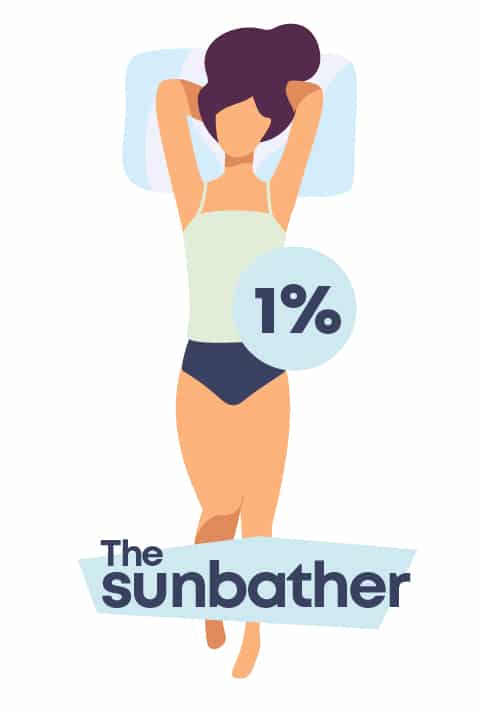
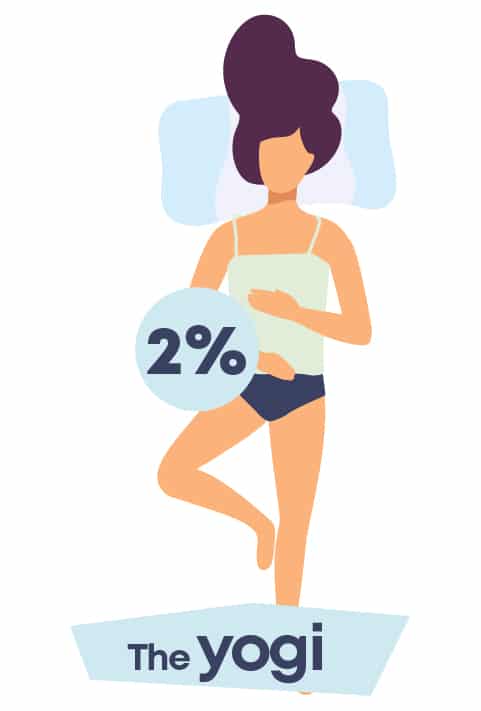
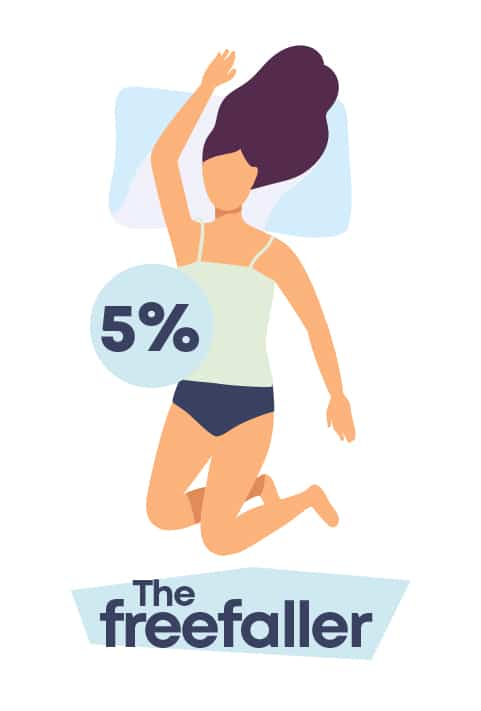
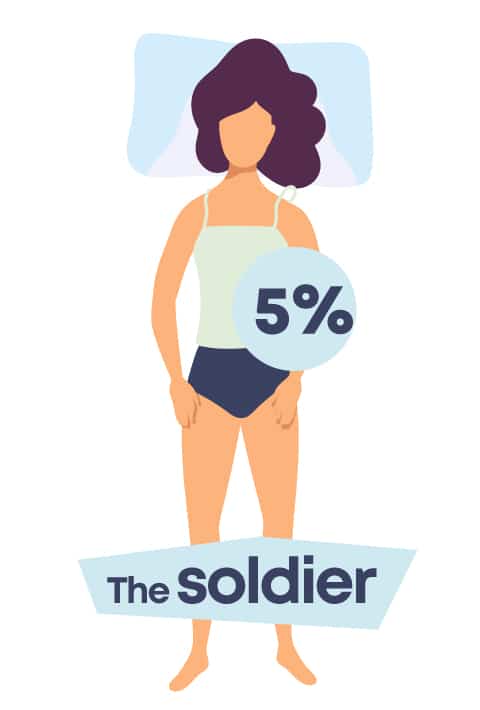
Potential issues with back sleeping positions
If you find that you are sleeping in one of these positions you may find that you are waking with aches and pains. All of these back sleeping positions are potentially causing you to have a reduced quality of sleep.
The Sunbather
This particular position, which we found 1% of the population fall into, can ultimately lead to shoulder and wrist problems, by over-extending the thoracolumbar and spine – particularly if there is any instability at the shoulder.
The Yogi
2% of the population tend to sleep in the Yogi position. Although it may look bliss, lying like this can cause hip problems, and increase your lumbar extension. Eventually, it could lead to hip arthritis.
The Freefaller
Around 5% of people adopt this sleeping position. Extending the arm above the head can cause issues, potentially leading to over lengthening of the shoulder stabilisers, which can lead to long term shoulder pain. It can also be problematic for your knees.
The Soldier
5% of the population tend to sleep this way. However, there is a possibility it could cause over extension at the lumbar spine and lead to back pain, and stiffness.
So how can you optimise these back sleeping positions?
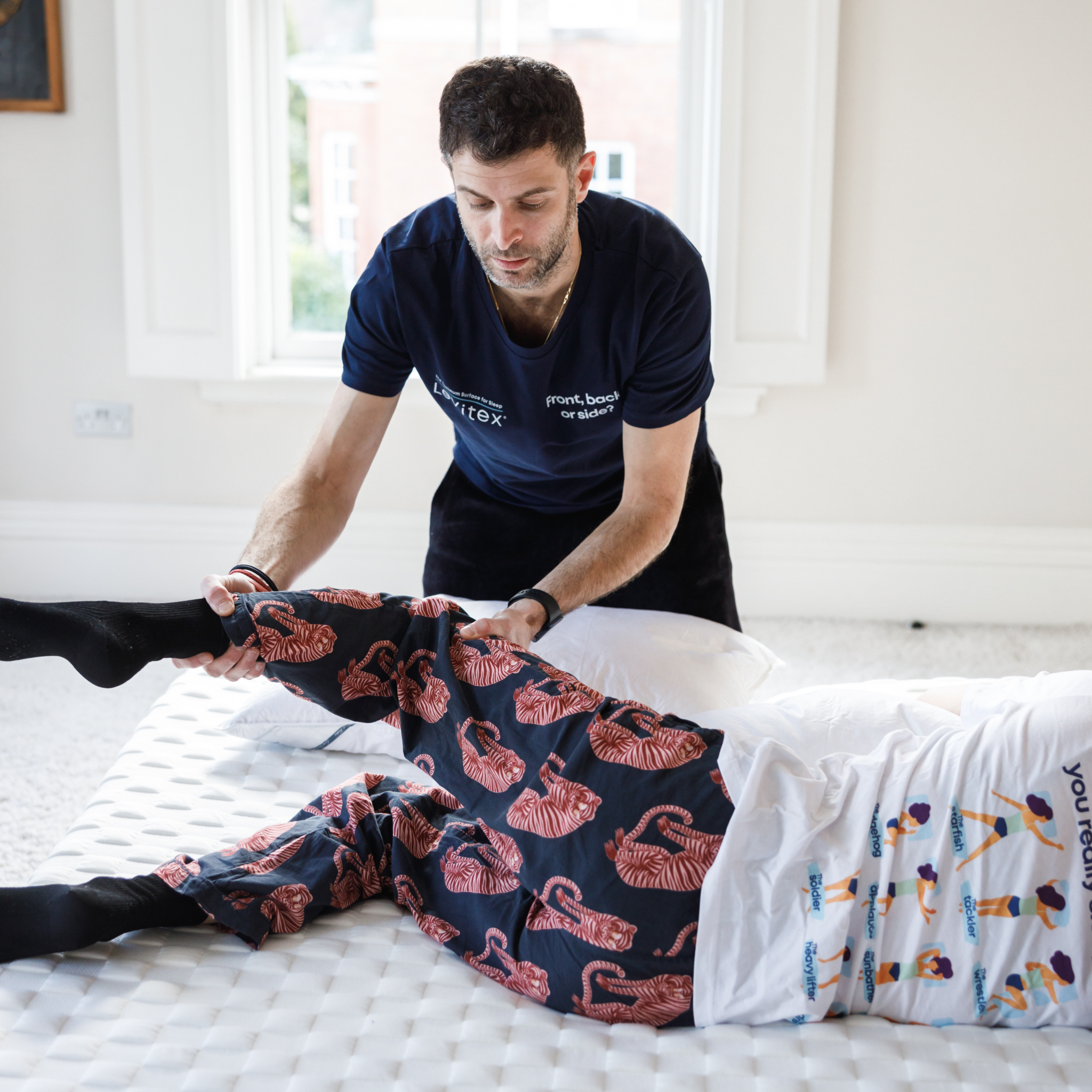
Although we recommend ‘The Dreamer’ (semi-foetal, side lying) as the best position for sleeping, ultimately the key component of good sleep posture is a neutral resting spine.
That means that the muscles around it don’t have to work, and get a chance to recover and rest. So how can we take this concept and help back sleepers?
Firstly choose the correct size of pillow for your head. Yes that’s right we did say the correct size of pillow!
We all come in different shapes and sizes hence the various sizes of clothes or shoes on offer to buy, so it makes sense that we don’t have a one-size-fits-all pillow. Find your personalised pillow size in 30 seconds.
The correct pillow size is important because if your pillow is too high, your neck will be pushed forward. That’s not good for your posture and puts strain on your neck.
Then place your old pillow under your knees. This causes you to slightly bend your legs and tilt your pelvis.
Whereas before there was a gap between your back and the surface of the bed (offering no support from gravity pulling down and causing strain), you’ll now find that the arch underneath your back is dramatically reduced allowing contact with the bed surface – resulting in better body weight distribution. It will also act as an anchor so you’re less likely to move around during the night.
These optimisng techniques will allow your spine to have less strain on it meaning it’s doing less work whilst you sleep.
You will now have a more neutral resting spine, improving rehabilitation and quality of sleep. This is what we call optimising sleep posture.


